For millennia, people have used plants not only for nutrition and wellness, but also for recreation and social bonding. Fermented fruits and the alcohol produced through their fermentation have played an important role in these activities. It may come as a surprise that socializing has powerful effects on one's physiology and wellbeing. In fact, research by Professor Robin Dunbar showed that whether someone was social or not had the biggest impact on their rate of recovery from heart attack (Hakulinen et al., 2018). Although in many cultures drinking alcohol has traditionally been strongly linked to socializing, in the U.K. it is on the decline, with 1 in 4 millennials currently not drinking (Windsor-Shellard, 2017). There has been a proportionate rise in the 'sober curious' movement, as people shift away from alcohol and its side effects to embrace healthier and more interesting alternatives. The rising interest in and understanding of the environmental and the health benefits of plant-based diets has also aided this process. In contemporary western diets, botanical alternatives to everyday staples, for instance almond milk instead of cow's milk, are stealing the show. As the vital role of plants in medicine (throughout history and around the world) attests, plants can have potent influence on human wellbeing. All of this naturally begs the question, "How might botanicals be harnessed to stimulate our social side without the aid of alcohol?"
Three Spirit is a drink and a business of the same name endeavouring to explore just that possibility -- to 'bring plants to the party.' This botanical social elixir is carefully formulated to lift people's spirits without alcohol. I am the "resident phytochemist" who formulated the drink for function using my knowledge of herbs and pharmacognosy. I also write for the blog Beyond Alcohol which explores the space of plants, science, wellbeing and altered states. To create this unique and innovative botanical product, a variety of avenues were explored. The final combination of plants was based on both traditional knowledge and scientific research about plant pharmacognosy. First I researched which receptors are stimulated by alcohol to induce pleasure: the main ones are dopamine, opioid, serotonin, and GABA. I then went on to find plants that stimulated these same receptors in order to evoke pleasurable feelings similar to those created by alcohol. I heavily researched the traditional use of plants from different cultures, as leads for ingredients in the formula. Our team collaborated with some very talented bartenders to blend the extracts with ingredients such as caraway seeds and coconut vinegar to make an appetizing beverage. Overall, seven plants were selected for their psychoactivity.
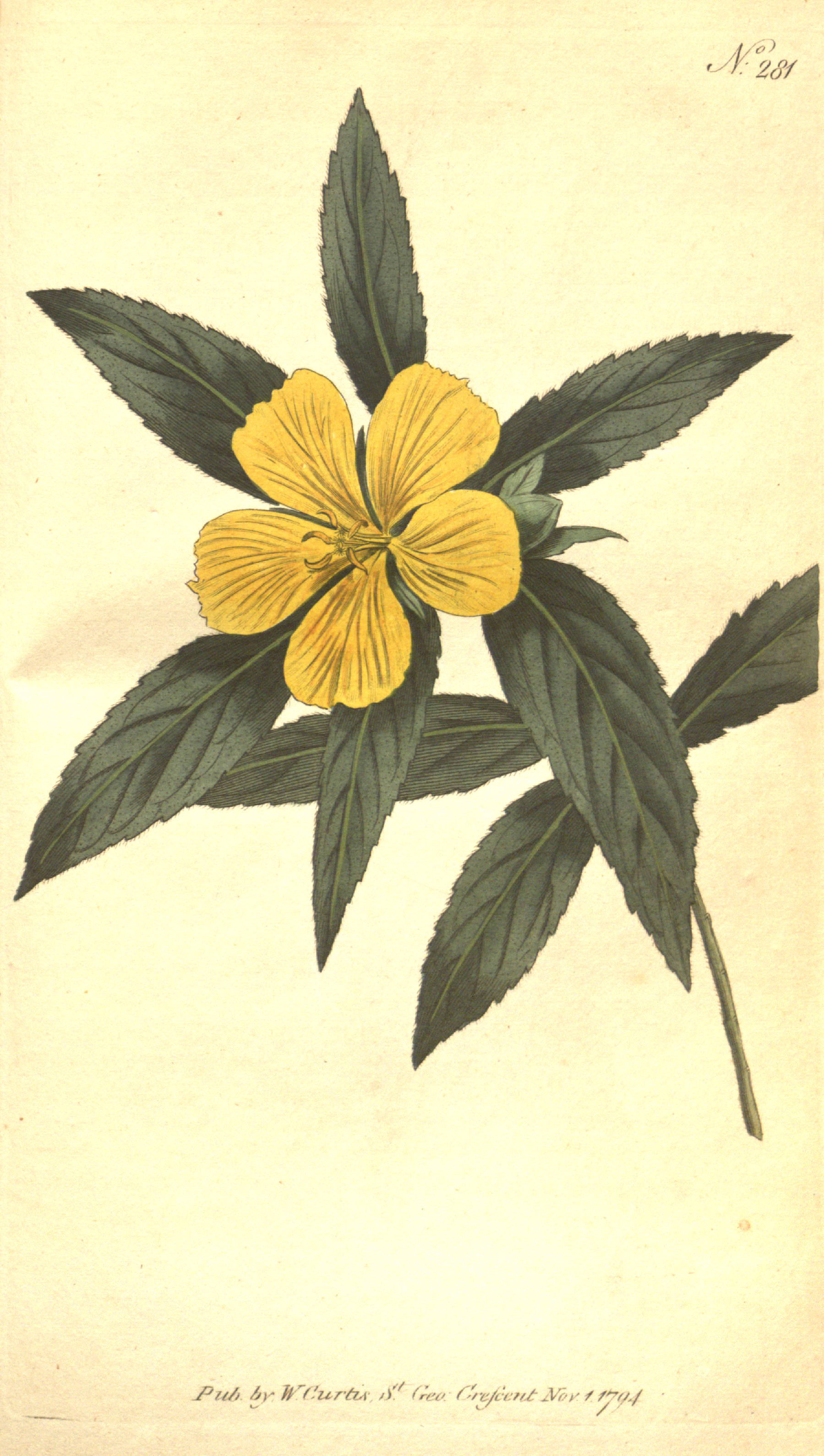
Our nervous system works by transmitting electricity, and over-excitation of this process leads to anxiety and high stress. GABA, a neurotransmitter naturally produced in our brains, works by slowing down this firing of electricity, and functions as our body's own calming system. Cortisol is another hormone that we release as a response to stress, so lowering cortisol levels is a common indicator of decreased stress. Damiana (Turnera diffusa), one of the ingredients of Three Spirit, stimulates our GABA receptors and calms our minds. It also contains a compound called apigenin, which has been shown to reduce cortisol levels (Shukla and Gupta, 2010). Damiana has been said to have used for thousands of years in parts of South America as an aphrodisiac, as well as to treat low mood in Ayurvedic traditions. Plants and folkore from South America are particularly cherished by one of Three Spirit's co-founders, Dash Lilley. Dash works closely with Pablo Freelander, an Argentinian conservation scientist and plant medicine advocate. Dash has spent weeks in the mountains of Champaquí in western Argentina, studying and learning about plant medicine under the guidance of Pablo, who runs a nature reserve that aims to protect and reforest the surrounding area. Dash was keen to find a way to support this programme, and he eventually started ChampaTea, a tea company that partially funds the conservation initiative. Dash says, "It gives me great pleasure and peace, physically and mentally, to understand and appreciate how people do things in a ritualistic way. A lot of that comes from the tradition of how people eat and drink, and use food and drink as medicine".

Yerba Mate (Ilex paraguariensis) gives the elixir what it needs for an energetic buzz. This increasingly popular beverage is commonly drunk in Latin America, where the Guaraní have a legendary story of its origin: One day the Goddesses of the Moon and Clouds came to the Earth to visit, but a jaguar tried to attack them. An old man intervened and saved them, and in gratitude the Goddesses gave the old man the yerba mate plant, from which he could prepare a "drink of friendship". Scientific analysis shows that dopamine, GABA and serotonin receptors are stimulated when yerba mate is consumed (Bastos et al., 2007). This agrees with traditional use, since it is commonly drunk to boost energy levels and for bonding ceremonies. The plant was ritually consumed as a beverage along with other psychoactive ingredients by Mayan Priests (and its use by lower social groups was strictly prohibited).
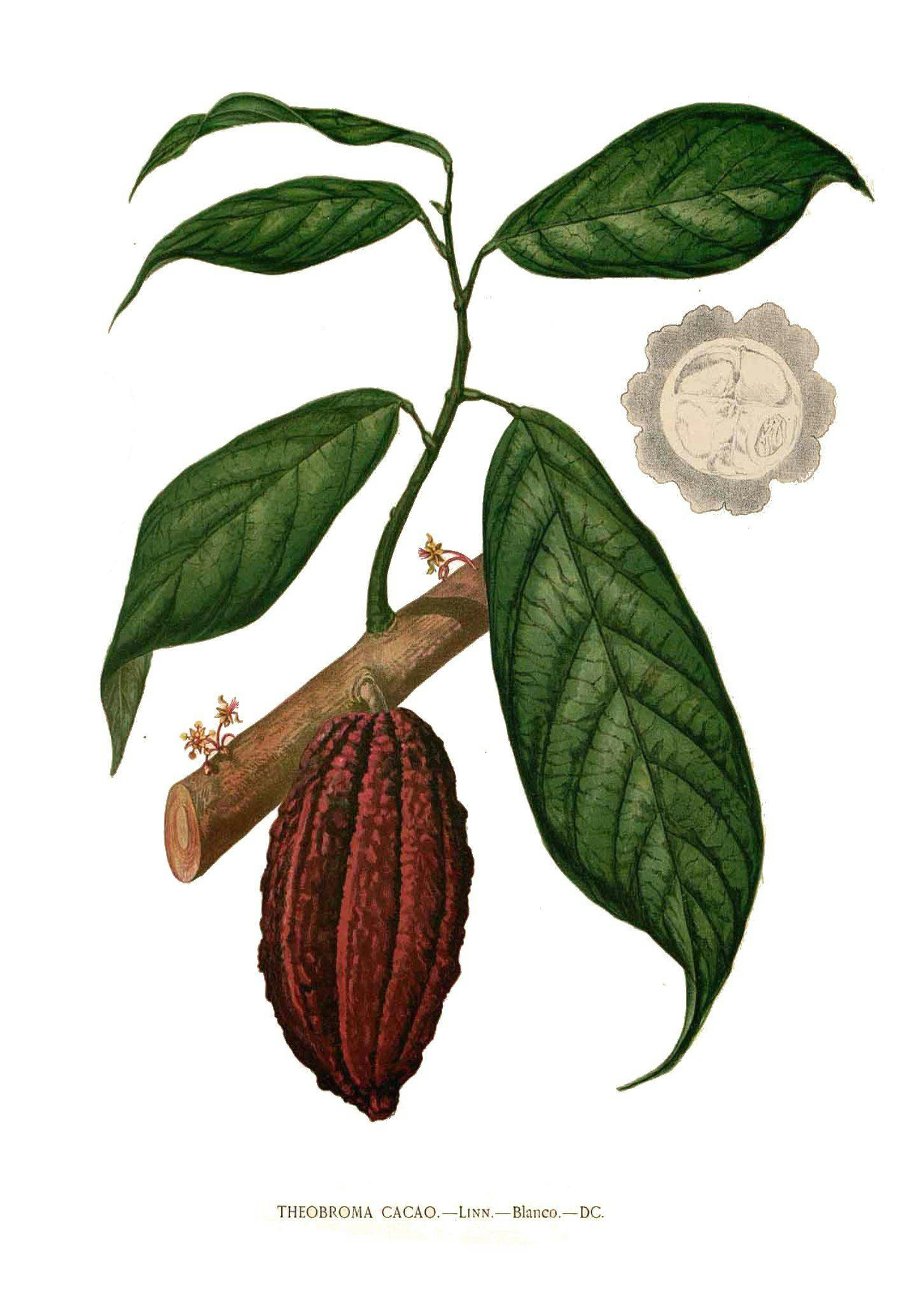
Cacao (Theobroma cacao) is a hugely popular plant, at least in its processed and commonly consumed form as chocolate. However, the more traditional use of this plant in cacao ceremonies is also becoming more common in popular culture. Cacao is considered to be sacred in many Mesoamerican cultures and it has been used ritually in this region for over 3000 years. One of the active compounds, theobromine, is structurally similar to caffeine, and like it, also boosts energy levels. Salsolinol, another active compound, has been shown to have antidepressant-like effects (Xie et al., 2011). It is no wonder that cacao has been traditionally used to elevate our state of being, as it stimulates three major pleasure receptors: dopamine, serotonin and opioid (Fertel et al., 1980).
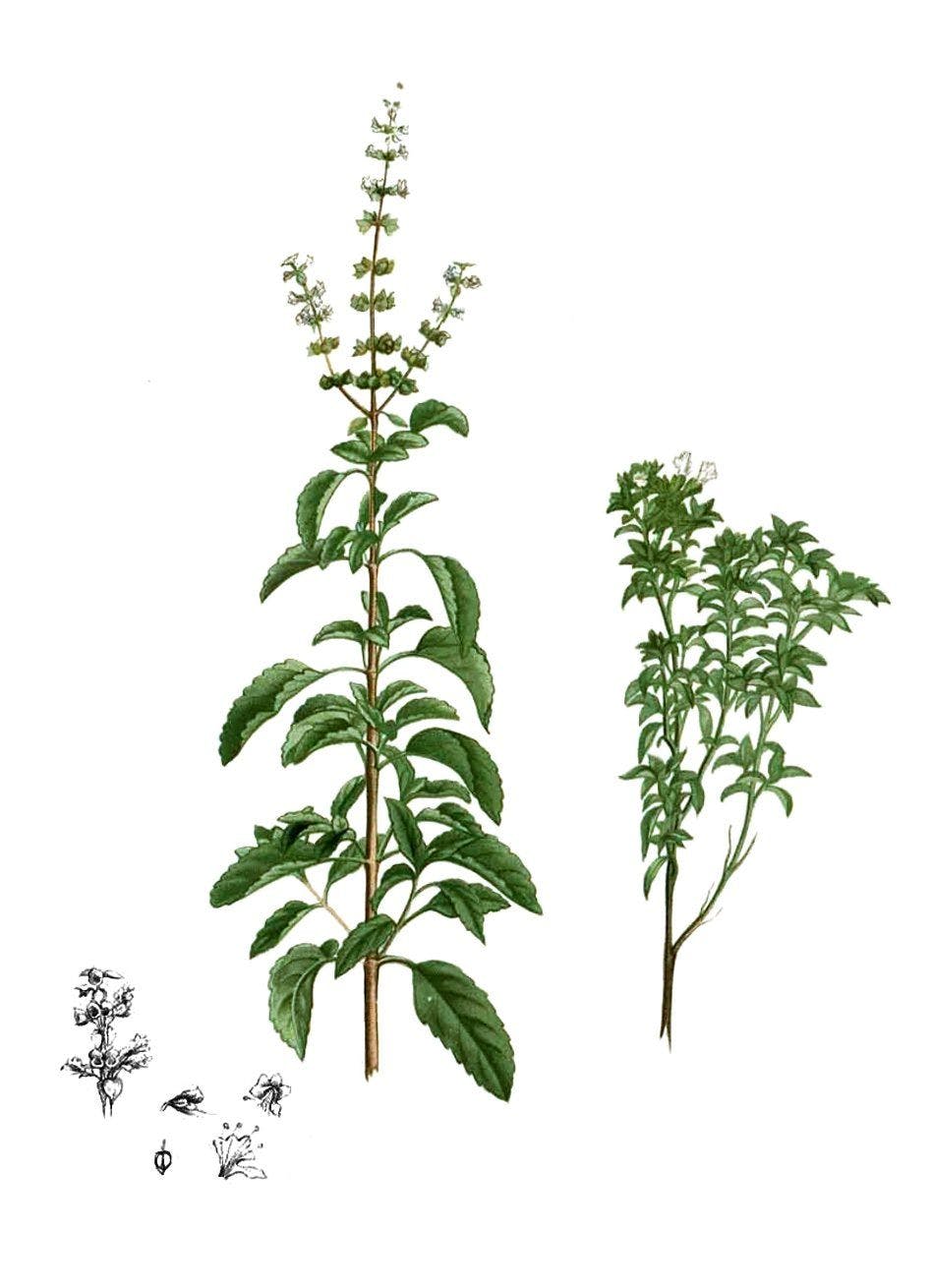
Tulsi (Ocimum tenuiflorum), also known as monks basil is a useful tea to drink before meditation, as the plant makes one feel very tranquil and peaceful. It is seen as holy in some Indian religions such as hinduism and by Hare Krishnas as it is seen as the Earthly manifestation of the Goddess Tulsi, who is a great worshipper of Vishnu.This is because tulsi, also known as holy basil, stimulates dopamine receptors, which is our reward receptor and serotonin receptors, which modulate our mood (Ravindran et al., 2005) . Its inclusion in Three Spirit was due to both this psychoactivity as well as its unique flavour.

Passionflower (Passiflora incarnata) is another ingredient we included in the Three Spirit elixir. Besides being a striking and beautiful plant, it has also been shown to be pharmacologically active on the same receptors that benzodiazepines bind to (Grundmann et al., 2008). Benzodiazepines are pharmaceuticals which are used to treat anxiety, and passionflower has been traditionally used by Native Americans to treat insomnia and anxiety (Hutchens, 1991). It must be noted that active compounds such as harmine and harmaline in passionflower can possibly interact with pharmaceuticals, and so it is wise to consult a doctor or medical herbalist before drinking the drink.
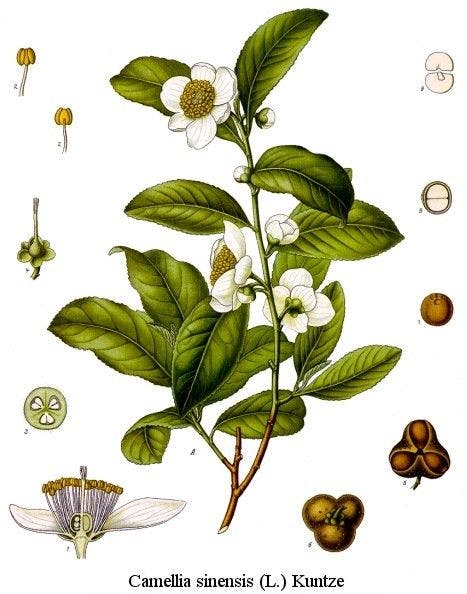
Green tea (Camellia sinensis) has also been included, in East Asia its drunk as a beverage whilst in South East Asia its used as a fermented food. With natural caffeine, L-theanine and catechins all contribute to the invigorating effect of Three Spirit. L-theanine is an amino acid which stimulates GABA receptors and ensures we don't get that caffeine crash often associated with coffee. Studies show that green tea stimulates dopamine, serotonin and monoamine oxidase enzyme receptors (Lin et al., 2010).
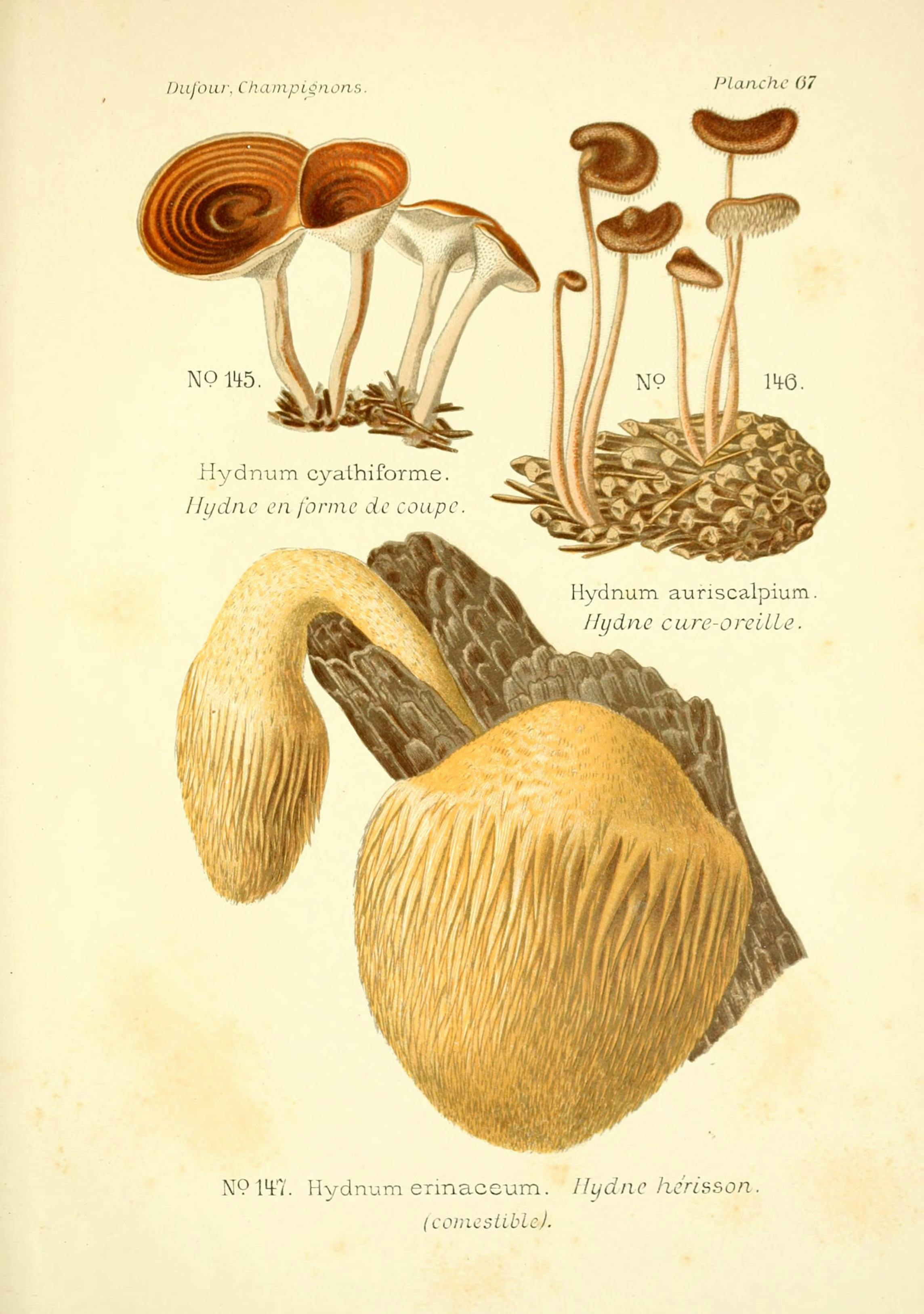
Finally, a favourite ingredient in the drink is the lion's mane mushroom (Hericium erinaceus). This fungus is used as a nootropic, meaning it enhances cognitive functioning. It works by stimulating the release of nerve growth factor (NGF), which stimulates nerve growth (Mori et al., 2008). Lion's mane mushroom grows on a range of hardwood trees, and it is used to life the mood and increase mental clarity.
Together these plants provide a myriad of molecules that induce feelings of relaxation and mood elevation. The final blend certainly gave me a welcome blissful feeling, and its effect has been described by a journalist as similar to a "mild lucid codeine". Science has been a critical branch of knowledge that led to the formulation of Three Spirit, however much depth was also provided by the traditional and cultural uses of these plants. Dash, (a Three Spirit's co-founder) said,
"I think people underestimate the success and power of simple traditional methods to deal with issues that are current today and have always been important for people and communities wherever they are. I think its fascinating that rituals have developed locally for people from specific regions. People show their resourcefulness to find food, drink and medicine from their local environment, which is most of the time the right resources to use for that population. So Three Spirit is about celebrating the powers that come with this plant and the rituals that go around them, because it's a shortcut to learn things about that work, and have worked for people for so long. So what we wanted to do is use plants that have clearly begun and have remained in peoples' lives for many years, which for me is a proof that they are relevant and that they work, and back that up with trying to explain why they work from a more modern perspective. That's where the interest in active compounds comes from, what's in the plant that people use that makes them work."
Massive inspiration for this project was also taken from the book Original Wisdom by Robert Wolff, who stayed with Malay tribes for years and was eventually initiated as a shaman. His aim was to share with people what we are missing in the West, and give an alternate perspective on modern life and our relationship with nature. He stated, "My luck was to find people who were human in an ancient way. My luck was to recognize and reclaim a humanity rooted in the earth... All who are in touch with the natural world can sense energies, emotions and intentions of people and animals. If we listen, we can know-all we need to do is give up being in charge. Knowing inside is not something unusual; it is how we are. All humans can have that connection with All-That-Is. The connection is within us. May these stories help others remember." This philosophy has heavily inspired the founders of Three Spirit, and have influenced its direction. We hope that this project can inspire people to view plants with a fresh perspective.
References
- Bastos, D.H.M. & Beltrame, Daniela & Matsumoto, R.L.T. & Carvalho, Patrícia & Ribeiro, Marcelo. (2007). Yerba Maté: Pharmacological properties, research and biotechnology. Medicinal and Aromatic Plant Science and Biotechnology, 1. 37-46.
- Fertel RH, Greenwald JE, Schwarz R, Wong L, Bianchine J. (1980). Opiate receptor binding and analgesic effects of the tetrahydroisoquinolines salsolinol and tetrahydropapaveroline. Research Communications in Chemical Pathology and Pharmacology, 27(1):3-16.
- Grundmann, O., Wang, J., McGregor, G. and Butterweck, V. (2008). Anxiolytic Activity of a Phytochemically Characterized Passiflora incarnata Extract is Mediated via the GABAergic System. Planta Medica, 74(15), pp.1769-1773.
- Hakulinen, C., Pulkki-Råback, L., Virtanen, M., Jokela, M., Kivimäki, M. and Elovainio, M. (2018). Social isolation and loneliness as risk factors for myocardial infarction, stroke and mortality: UK Biobank cohort study of 479 054 men and women. Heart, 104:1536-1542.
- Kufer, J., Grube, N. and Heinrich, M. (2006). Cacao in Eastern Guatemala––a sacred tree with ecological significance. Environment, Development and Sustainability, 8(4), pp.597-608.
- Lin, S., Wang, S., Ho, S. and Tang, Y. (2010). Protective effect of green tea (-)-epigallocatechin-3-gallate against the monoamine oxidase B enzyme activity increase in adult rat brains. Nutrition, 26(11-12), pp.1195-1200.
- Mori, K., Obara, Y., Hirota, M., Azumi, Y., Kinugasa, S., Inatomi, S. and Nakahata, N. (2008). Nerve Growth Factor-Inducing Activity of Hericium erinaceus in 1321N1 Human Astrocytoma Cells. Biological & Pharmaceutical Bulletin, 31(9), pp.1727-1732.
- Ravindran, R., Devi, R., Samson, J. and Senthilvelan, M. (2005). Noise-Stress-Induced Brain Neurotransmitter Changes and the Effect of Ocimum sanctum (Linn) Treatment in Albino Rats. Journal of Pharmacological Sciences, 98(4), pp.354-360.
- Shukla, S. and Gupta, S. (2010). Apigenin: A Promising Molecule for Cancer Prevention. Pharmaceutical Research, 27(6), pp.962-978.
- Windsor-Shellard, B. (2017). Adult drinking habits in Great Britain - Office for National Statistics. [online] Ons.gov.uk.

